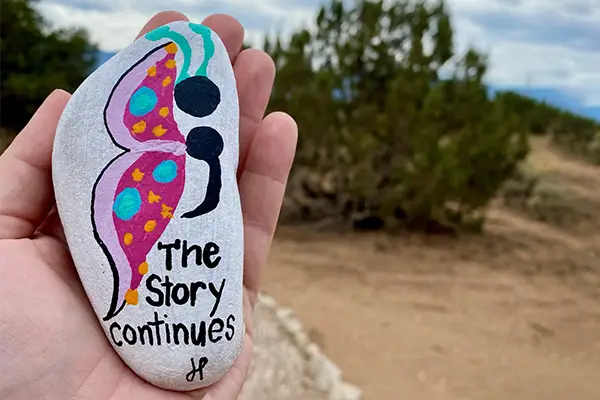How Therapists Use Eye Movement to Help Teens
Maybe seeing is believing, with these two therapeutic approaches. Eye Movement Desensitization and Reprocessing (EMDR) and Brainspotting (BSP) use a teen's eye movements to help them process traumatic memories and reduce negative feelings.
Eye Movement Desensitization and Reprocessing
Using EMDR for teens, a therapist moves their fingers back and forth in front of their patient’s face and asks the patient to follow these hand motions with their eyes. The therapist is using bilateral stimulation, which is the rhythmic side-to-side pattern of visual, auditory, or tactile external stimuli. Therapists can use other bilateral stimulation, such as alternating lights, or tapping their hand on their desk. The point of bilateral stimulation is to simultaneously stimulate both sides of the brain, which helps patients process trauma memory.
As the patient follows their therapist’s fingers with their eyes, the patient will talk about a traumatic event. The goal of EMDR is to help patients to fully process their traumatic experiences and the emotions attached to them. Therapists help patients replace negative thoughts and feelings that are no longer useful with positive thoughts and feelings. As therapy sessions continue, the goal is to reinforce and strengthen the patient’s positive feelings and beliefs. This continues until the patient can discuss traumatic memories without the negative symptoms that brought them into therapy in the first place.


Brainspotting
BSP is a brain-based psychotherapy approach where therapists use their patient’s field of vision to find where the teen is holding the trauma in their brain. The foundation of BSP is the idea that where you look affects how you feel. When a patient is thinking about a problem, the direction they look will make them feel more or less activated. The spot where they feel the most activation is called a brainspot. A brainspot is the point in the patient’s field of vision that correlates to where they are holding the trauma in their brain. When patients look at a brainspot, the brain will find where the trauma is held in the system and then will start to resolve it. Therapists use pointers to help guide their patient’s eyes to find their brainspot.
